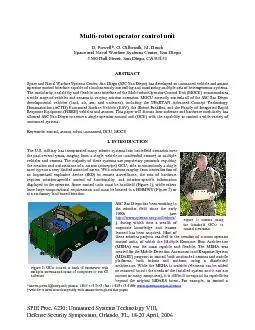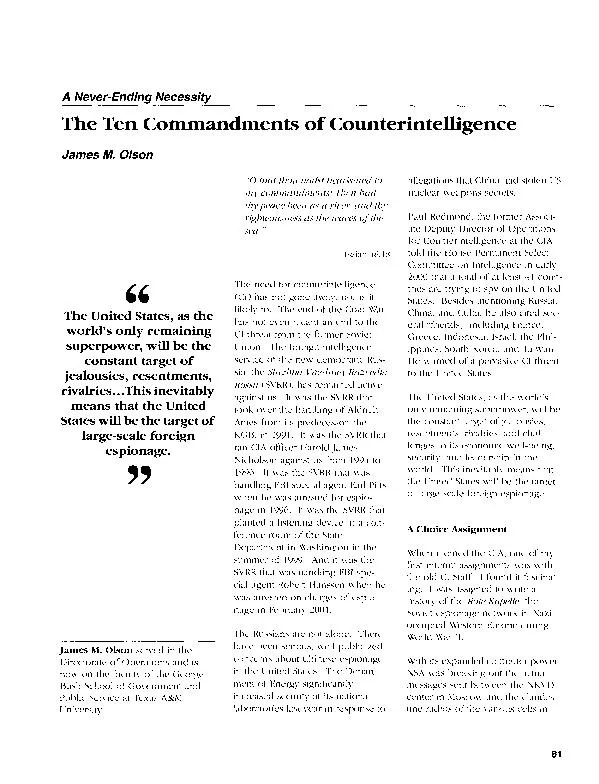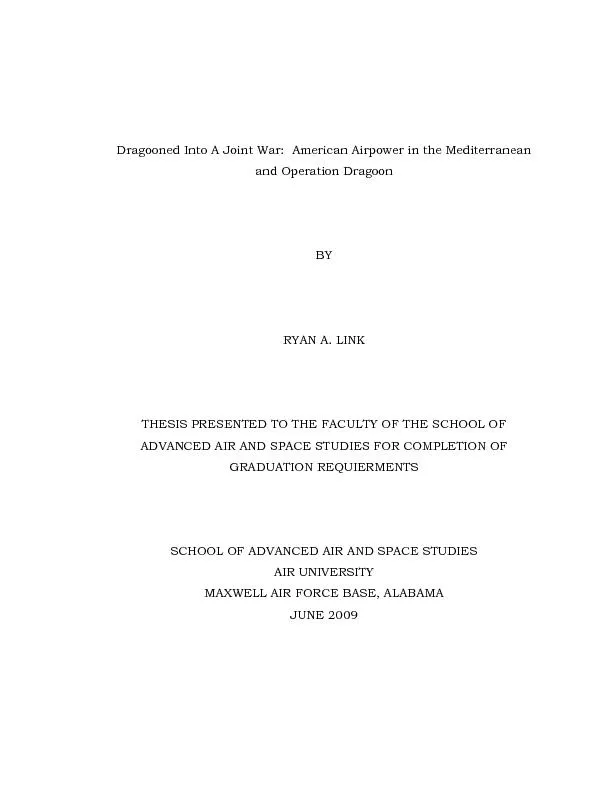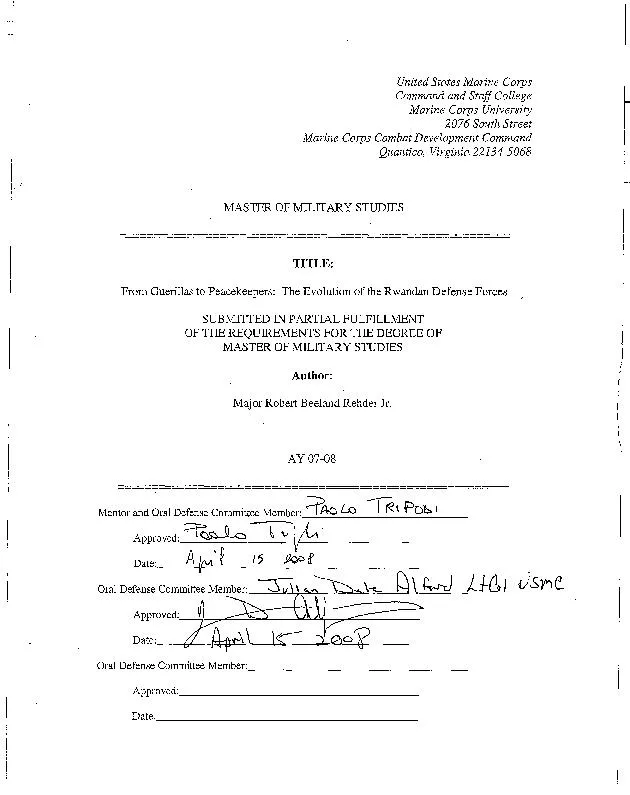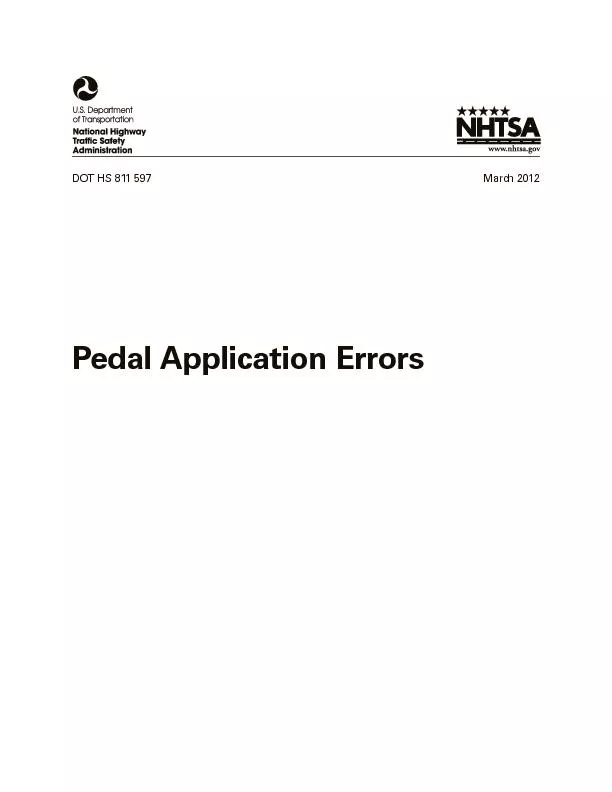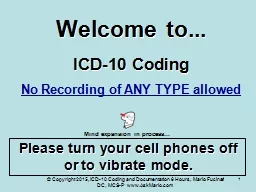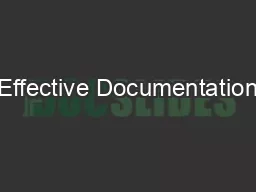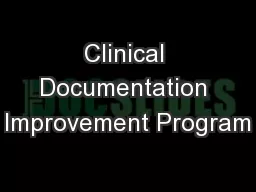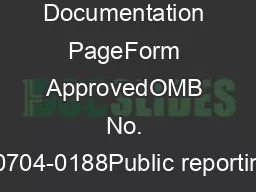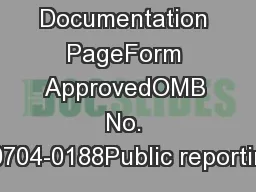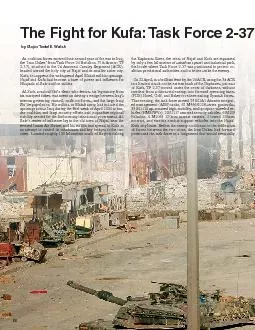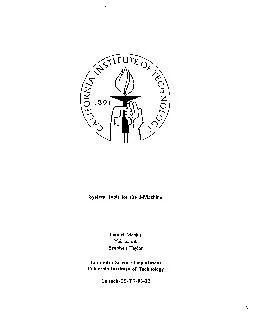PDF-Report Documentation PageForm ApprovedOMB No. 0704-0188Public reportin
Author : erica | Published Date : 2021-01-11
Standard Form 298 Rev 898 Prescribed by ANSI Std Z3918 different type of vehicle or monitor a different kind of sensor or to use a different map or video display
Presentation Embed Code
Download Presentation
Download Presentation The PPT/PDF document "Report Documentation PageForm ApprovedOM..." is the property of its rightful owner. Permission is granted to download and print the materials on this website for personal, non-commercial use only, and to display it on your personal computer provided you do not modify the materials and that you retain all copyright notices contained in the materials. By downloading content from our website, you accept the terms of this agreement.
Report Documentation PageForm ApprovedOMB No. 0704-0188Public reportin: Transcript
Download Rules Of Document
"Report Documentation PageForm ApprovedOMB No. 0704-0188Public reportin"The content belongs to its owner. You may download and print it for personal use, without modification, and keep all copyright notices. By downloading, you agree to these terms.
Related Documents

